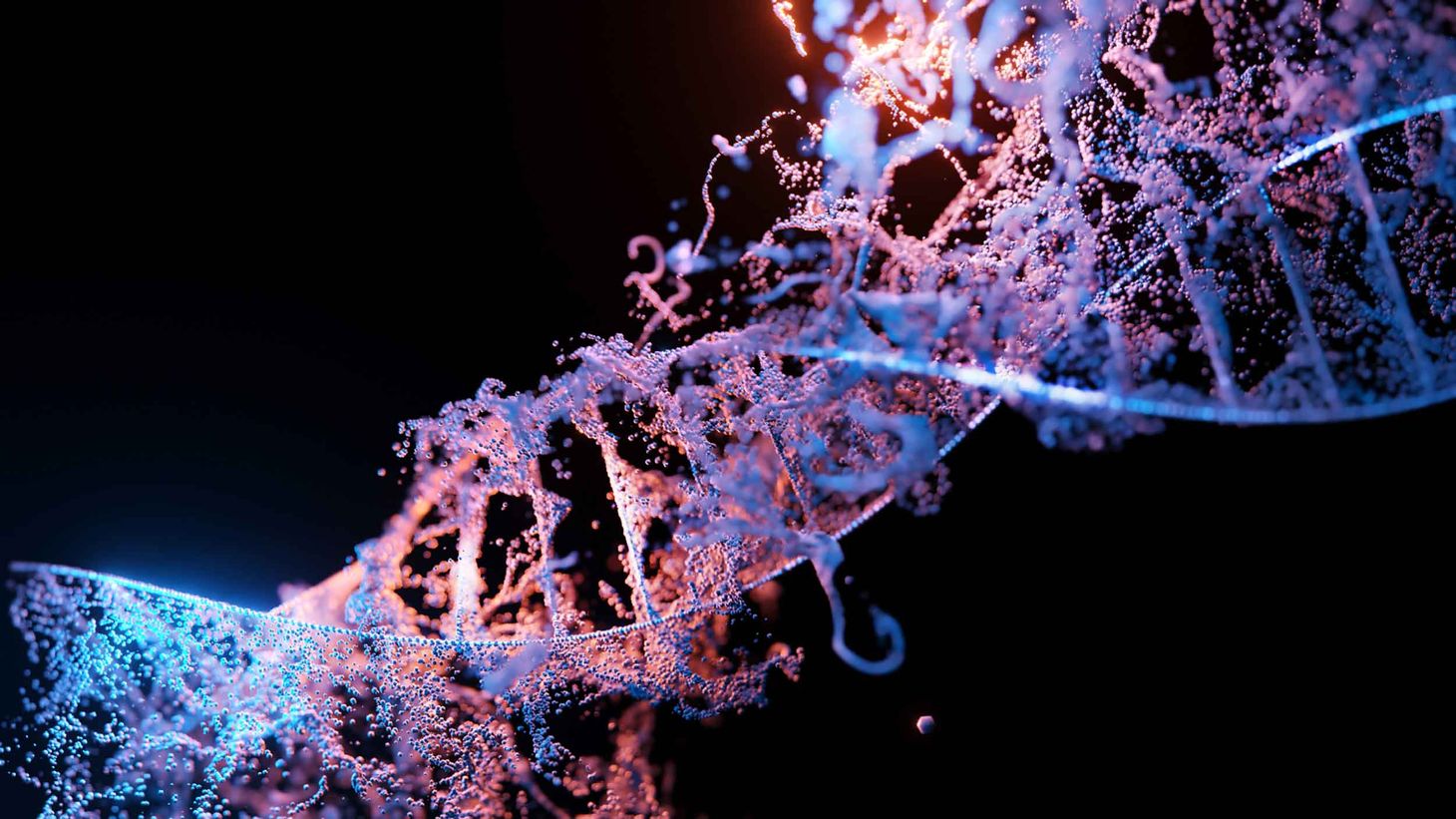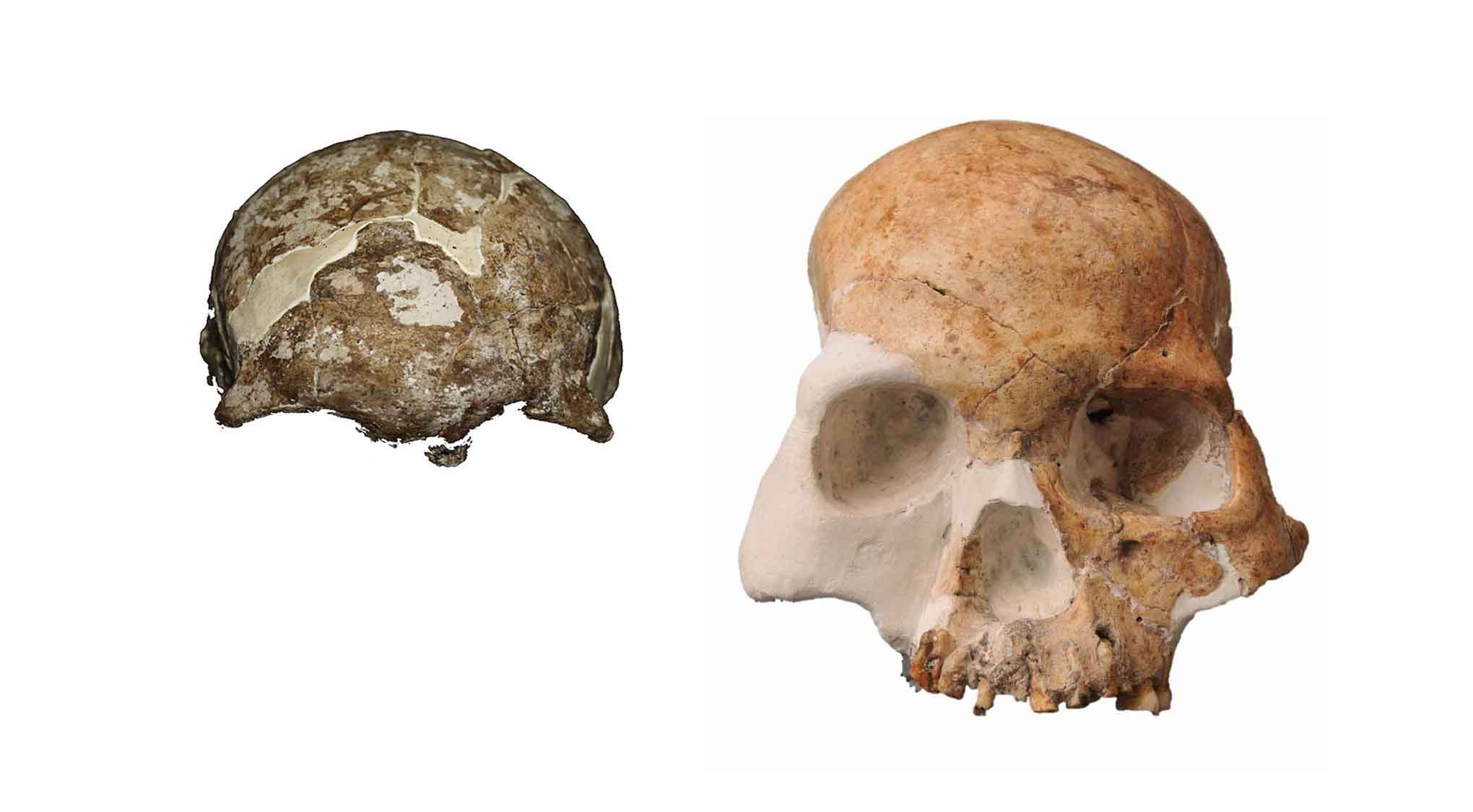How much have baboons and geladas hybridized during their evolution?
Examining a paper that uses Alu insertions as a probe for ancient reticulation in the papionin tree of relationships.
A recent paper from Jerilyn Walker and coworkers in the journal BMC Mobile DNA reports that today’s baboons and geladas may have mixed in their history more than previously suspected: “Alu insertion polymorphisms shared by Papio baboons and Theropithecus gelada reveal an intertwined common ancestry”.
The paper considers Alu insertions unique to the various species of Papio and T. gelada, finding that many are shared polymorphically across these, and that P. kindae shares more with geladas than do any of the other species of baboons. On the whole, the authors consider their results as evidence of hybridization from geladas within the history of baboons.
Some observations of extant baboons and geladas suggest that even after 4 mya of separate evolution, the possibility of gene flow between them is not completely excluded by an intrinsic barrier. A suspected hybrid individual has been observed in a natural gelada-olive baboon overlap zone [63]. In a zoo environment, completely viable first-generation hamadryas baboon x gelada hybrids of both sexes are reliably reported. While the hybrid males are suspected to be infertile, female hybrids have produced viable offspring by backcrossing to Papio hamadryas [64]. Especially during the earlier phases of their long period of co-existence, Papio x Theropithecus matings (including with T. oswaldi) may have allowed ongoing, low-frequency genetic exchange. Our Aluinsertion polymorphism data support this hypothesis.
Measured in years, geladas have not quite diverged as much from baboons as humans have from chimpanzees, but getting close to that. Measured in generations instead of years, the divergence between geladas and baboons is within the margin of error of the human-chimpanzee-bonobo divergence.
The evidence from Alu insertions is limited compared to a SNP comparison. That restricts what the researchers can say about the timing and extent of mixture. It’s possible that much of the mixing happened early in baboon and gelada evolutionary history. However, the different pattern in kinda baboons raises the possibility that mixture might have happened after the diversification of today’s baboon species began in the Pleistocene.
I expect that we’ll see whole-genome SNP comparisons soon.
Mixture may not have involved T. gelada itself, which is limited to highland Ethiopia. Today’s geladas have many extinct relatives, including T. oswaldi and T. brumpti. There’s a lot to learn about the evolution of these cercopithecoid primates, which existed across much of the known hominin range during the Early and early Middle Pleistocene.
Reference
Walker, J.A., Jordan, V.E., Storer, J.M. et al. Alu insertion polymorphisms shared by Papiobaboons and Theropithecus gelada reveal an intertwined common ancestry. Mobile DNA 10, 46 (2019). https://doi.org/10.1186/s13100-019-0187-y
John Hawks Newsletter
Join the newsletter to receive the latest updates in your inbox.



